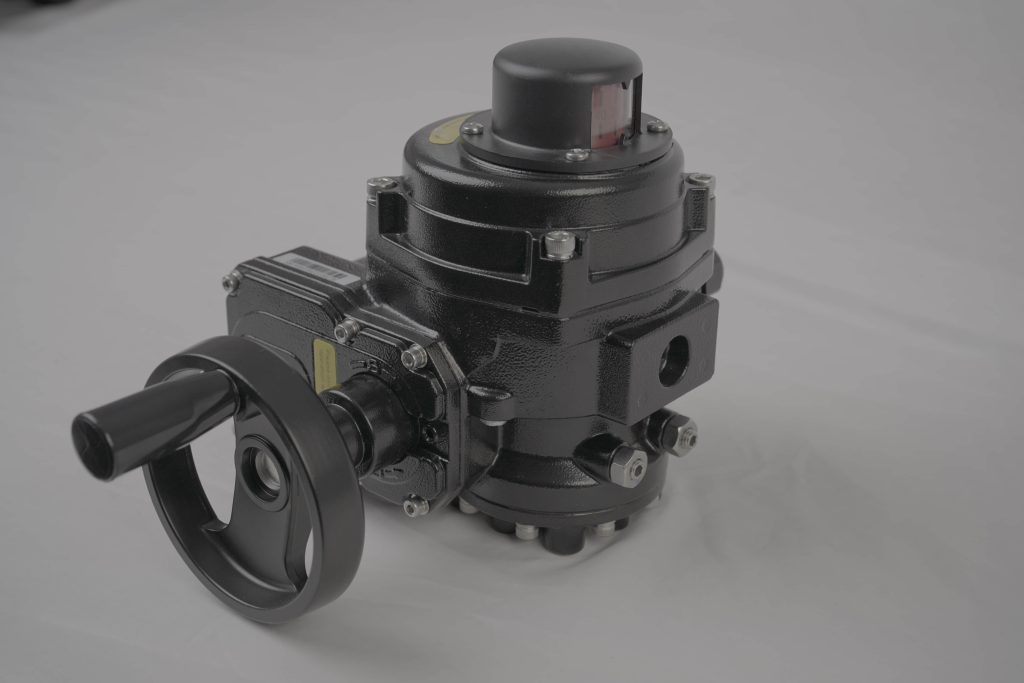In the rapidly evolving field of battery technology, lithium-ion batteries have become the go-to energy storage solution for a wide range of applications, from portable electronics to electric vehicles. However, as these batteries become more powerful and efficient, safety has emerged as a critical concern. One crucial component that ensures the safe and effective operation of lithium-ion batteries is the Stainless Steel Lithium Battery Valve. This small but vital component plays a significant role in maintaining the integrity of the battery, preventing overpressure, and ensuring that the battery operates under safe conditions.

Understanding the Stainless Steel Lithium Battery Valve A Stainless Steel Lithium Battery Valve is a pressure relief valve designed to be installed in lithium-ion battery cells. It is typically made from durable stainless steel, which ensures the valve can withstand high pressures, corrosive environments, and mechanical stress. The valve’s primary function is to release excess pressure that builds up inside the battery during normal operation or under abnormal conditions. Lithium-ion batteries are known for their high energy density, which allows them to store large amounts of energy in a relatively small space. However, this characteristic also means that if the battery is overcharged, short-circuited, or exposed to extreme temperatures, dangerous internal pressures can develop. If this pressure is not released, it can lead to battery rupture, leakage of harmful chemicals, or even fire and explosion. This is where the stainless steel lithium battery valve comes in, ensuring that excess pressure is safely vented, preventing catastrophic failures.